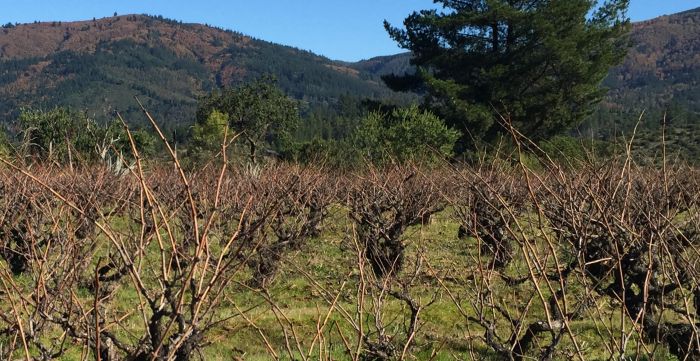producer profile
10.07.2019
Pisador Producer Profile
Pisador Producer Profile
Read more…
producer profile
<p>Pisador is a new project from <a href="httphttp://louisdressner.com/producers/Stoppa/">Elena Pantaleoni of La Stoppa</a> and her good friend Nicola Massa. Elena's connection to Chile is longstanding: her mother has been living there for more than twenty years. In the late 1990's, she'd purchased a property with an old, beautiful <glossary term="Cellar" title="254">cellar</glossary> called Fundo Tomenelo in the south of the <span class="zalup"><span><glossary title="641">Maule Valley</glossary><span>.</span></span></span> During a 2015 holiday trip, Elena had the chance to visit some of the amazing <glossary title="1026">terroirs</glossary> and very old vineyards between the <glossary title="641">Maule</glossary> and <glossary title="215">Bío Bío</glossary> valleys.</p>
<p>Both valleys are planted with thousands of <glossary title="523">hectares</glossary> of 100 to 300 year old <glossary title="464">ungrafted</glossary> plants, an amazing and unique heritage. Soon after her trip, Elena reached out to Nicola Massa, a very good friend in the wine business for many years, with the idea of making a wine with the <glossary title="768">País</glossary> grape. <glossary title="768">País</glossary> is the oldest variety imported in Chile, dating back the to the middle 1500's. Nicola was excited and honored by Elena’s proposal, and the two quickly agreed to start the project. <br />
<br />
With the help of <a href="httphttp://louisdressner.com/producers/luyt/">Louis-Antoine Luyt</a>, Nicola spent 2015 in the <span class="zalup"><span><glossary title="641">Maule Valley</glossary><span>,</span></span></span> visiting old producers and vineyards to understand the way they work. In 2016, he selected four <glossary title="523">hectares</glossary> of 100+ year old, <span class="zalup"><span><glossary title="464">ungrafted</glossary><span>,</span></span></span> <span class="zalup"><span><glossary title="406">dry-farmed</glossary><span>,</span></span></span> <glossary title="497">bush-trained</glossary> vines planted on <glossary title="502">granitic</glossary> soils. An old <span class="zalup"><span><glossary title="575">lagar</glossary><span>,</span></span></span> the traditional <glossary title="1218">open-top wood vat</glossary> used for <span class="zalup"><span><glossary title="441">fermentation</glossary><span>,</span></span></span> was purchased along with some old <span class="zalup"><span><glossary title="142">barrels</glossary><span>.</span></span></span> A zaranda, the typical wood <glossary title="378">destemmer</glossary> worked by hand, was also built. <br />
<br />
Unlike the juicy, easy-drinking <glossary title="806">Pipeño</glossary> style that has recently been regaining popularity, Nicola and Elena's goal was to make a structured wine with <span class="zalup"><span><glossary title="768">País</glossary><span>.</span></span></span> They selected wonderful grapes, <glossary title="378">destemmed</glossary> them by hand and pressed them by foot (<em>pisar</em> translates to <span class="zalup"><span><glossary title="458">foot-trodden</glossary><span>,</span></span></span> hence the name Pisador). <glossary title="976">Spontaneous fermentation</glossary> and a long <glossary title="610">maceration</glossary> took place, with no <span class="zalup"><span><glossary title="447">filtration</glossary><span>,</span></span></span> no added <span class="zalup"><span><glossary title="993">sulfites</glossary><span>,</span></span></span> just fruit! 3300 bottles were produced in 2016. A second <glossary title="575">lagar</glossary> was purchased for the 2017 <glossary title="521">harvest </glossary>and production was slightly increased.</p>



